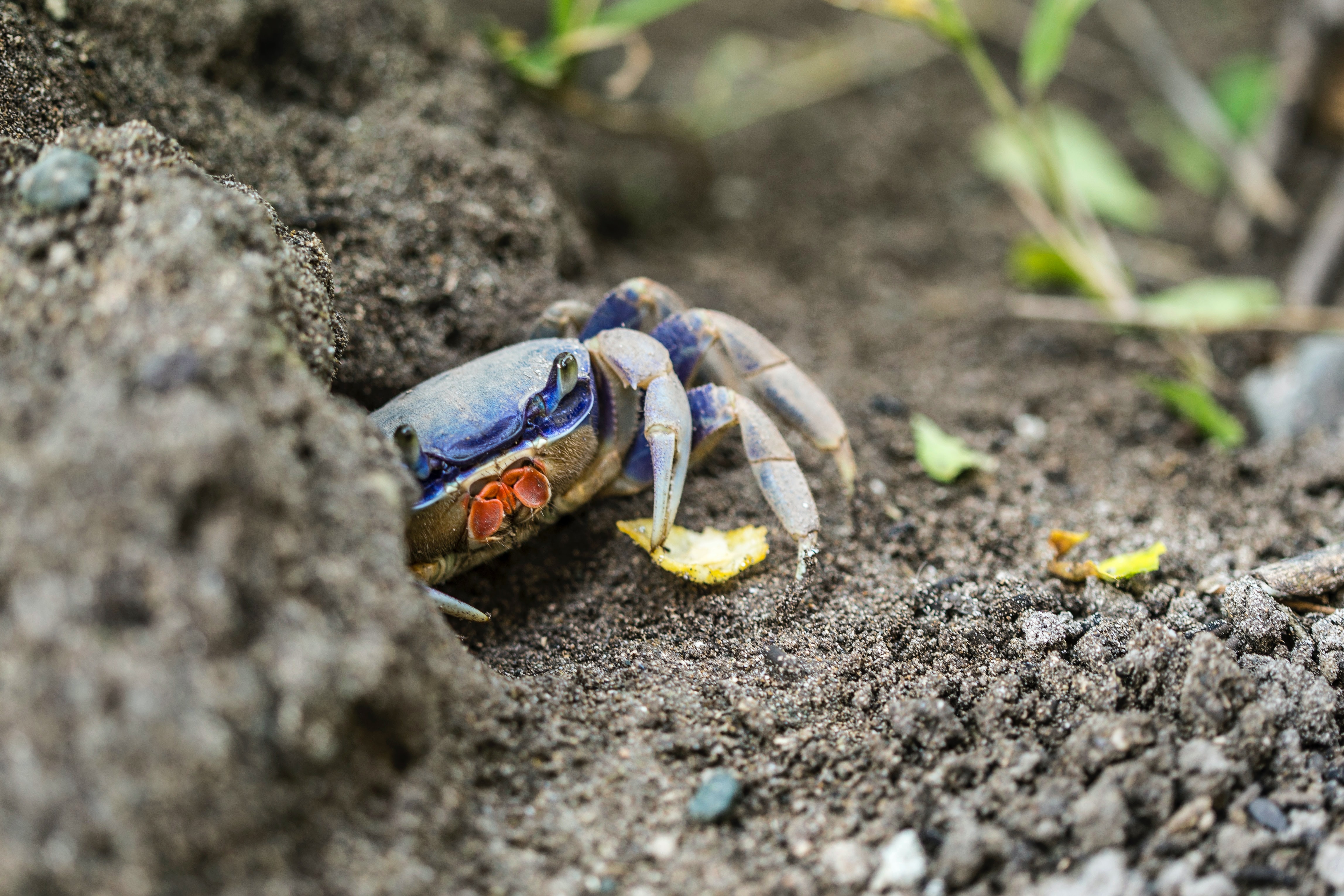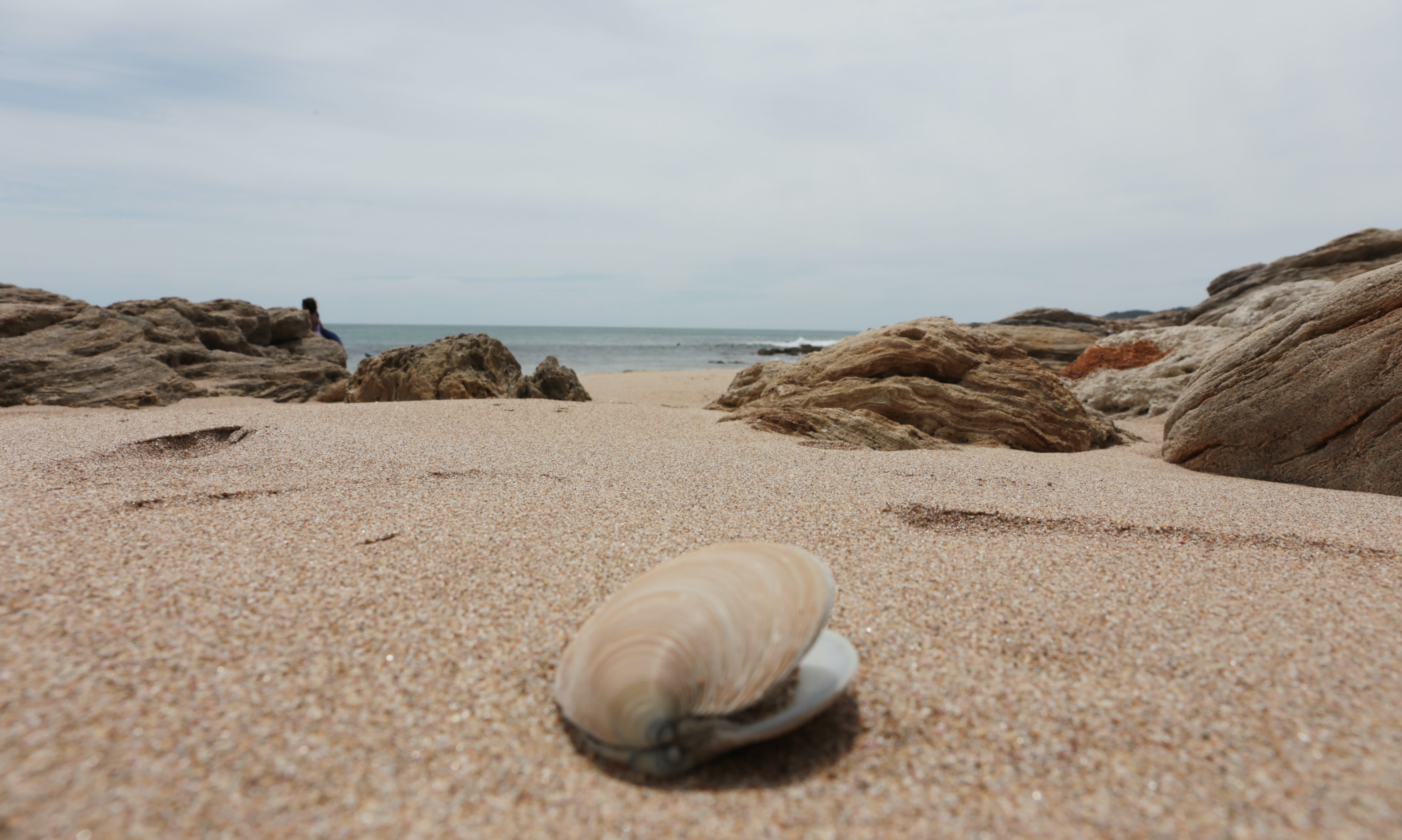创新背景
人们很难相信微小的幼虫能控制它们在强水流中的运动,因为它们太小了。人们无法接受这样一个事实,即它们是被进化设计成这样的。这些机器人模拟微观海洋幼虫的云团,如小螃蟹、贻贝、蛤蜊和石鱼。机器人带回的数据首次直接证实了一个存在了几十年、令人惊讶的有争议的科学谜题:海洋幼虫去哪里,它们如何到达那里并返回,以及是什么让它们这样做的?
创新过程
人们普遍认为幼虫很可悲,它们几乎无法控制自己的命运。摩根的研究是表明事实并非如此的第一步。
机器人的身体看起来有点像小黄人,是涂成明黄色的灭火器圆筒。它们“腰”上的白色扇形叶片使她们在上升或下降时旋转,里面的陀螺估计垂直速度。从它们黑色的顶部伸出的是led和一个用于跟踪的脉冲发射器,以及天线、GPS和卫星通信。环境传感器可以记录盐度、温度、光线、深度和游泳速度。

这些机器人的官方名称是“自主行为拉格朗日探索者”(Autonomous behavior Lagrangian Explorers,简称ABLEs),它们被设定为在整个发育过程中表现得像一群幼虫。目前,研究小组正在部署其中的9个。
它们是由北卡罗莱纳州立大学的名誉教授汤姆和唐娜·沃尔科特(Tom and Donna Wolcott)建造的。20世纪80年代末,沃尔科特夫妇想知道百慕大陆蟹的幼虫是如何回到这些孤岛的。

研究人员可以用无线电发射器追踪成年陆蟹,但不能追踪海洋中的微小幼虫。所以他们开发了一种行为像幼虫,但可以被跟踪的东西。
摩根还联系了加州大学戴维斯分校的海洋学家约翰·拉吉尔(John Largier),他一直在绘制幼虫在沿海上升流地区(比如加州附近)可利用的水流模式。

摩根和他的同事们一次部署机器人幼虫数小时或数天,发现幼虫通过垂直游动来控制自己的运动。它们也比预期的更靠近海岸线。
大多数鱼种的幼虫离海岸只有一英里远,而不是像人们曾经认为的那样远离大海。它们在水柱中上下移动,利用像传送带一样的洋流返回海岸。大多数停留在强大的表面洋流下,以避免被带到海里。
创新价值
“机器人幼虫”向人们证实了微小的幼虫也能控制它们在强水流中的运动。
创新关键点
机器人的身体看起来有点像小黄人,是涂成明黄色的灭火器圆筒。它们“腰”上的白色扇形叶片使她们在上升或下降时旋转,里面的陀螺估计垂直速度。从它们黑色的顶部伸出的是led和一个用于跟踪的脉冲发射器,以及天线、GPS和卫星通信。环境传感器可以记录盐度、温度、光线、深度和游泳速度。
Tracking robots at sea to study larvae
It is widely believed that larvae are pathetic, that they have little control over their own fate. Morgan's study is a first step in showing that this is not the case.
The body of the robot, which looks a bit like a minion, is a fire extinguisher cylinder painted bright yellow. The white fan-shaped blades on their "waist" cause them to spin as they rise or fall, and a gyroscope inside estimates vertical speed. Sticking out of their black tops are leds and a pinger for tracking, as well as antennas, GPS and satellite communications. Environmental sensors record salinity, temperature, light, depth and swimming speed.
Officially known as Autonomous Behavior Lagrangian Explorers, or ABLEs, the robots are programmed to behave like a swarm of larvae throughout their development. The team is currently deploying nine of them.
They were built by Tom and Donna Wolcott, professors emeritus at North Carolina State University. In the late 1980s, the Walcottts wanted to know how Bermuda land crab larvae made their way back to these isolated islands.
Researchers can track adult land crabs with radio transmitters, but not tiny larvae in the ocean. So they developed something that behaves like a larva, but can be tracked.
Morgan also contacted John Largier, an oceanographer at the University of California, Davis, who has been mapping the flow patterns available to larvae in coastal upwelling areas, such as near California.
Morgan and his colleagues deployed robot larvae for hours or days at a time and found that the larvae controlled their movements by swimming vertically. They are also closer to the shoreline than expected.
The larvae of most species are only a mile from shore, not out to sea as was once thought. They move up and down the water column, using currents that act like a conveyor belt to return to shore. Most stay under strong surface currents to avoid being carried out to sea.
智能推荐
通过磁力产生扭矩的靶向给药微型机器人
2022-07-29来自斯坦福大学的研究团队开发出了一种微型机器人。这个由磁场驱动的机器人能够在人体内持续运动,并且能够通过磁力产生扭矩改变运动方向和越过障碍。通过改变磁场的强度和方向,机器人能够单次移动10倍于自身长度的距离。这一最新研制的机器人,是该团队开发过的最强大、功能最多的无线机器人。研究成果刊登在在《自然·通讯》(Nature Communications)杂志上。
涉及学科涉及领域研究方向利用人工智能和机器人快速识别染病植株
2022-08-18康奈尔大学的生物学家和科学家开发了一项技术,可以利用机器人和人工智能来识别感染了毁灭性真菌的葡萄植物。这项工作大大加快了葡萄育种和遗传学工作的步伐。
涉及学科涉及领域研究方向机器人+生物工程 | 创新开发具有活皮肤组织的机器人手指
2022-11-07机器人手指具有活细胞和支持在其上生长的有机材料,可实现理想的形状和强度。
涉及学科涉及领域研究方向P2R-Net新方法根据人体轨迹信息模拟房间内物品摆设
2022-07-27来自慕尼黑工业大学、香港中文大学(深圳)的研究者提出了一种新的场景模拟的方法——P2R-Net :仅仅依靠对3D人体姿态的观察,就能估计与人交互的物体在场景中的摆放位置,该模型的特征是其类别和定向 3D 边框。结果表明,P2R-Net 在 PROX 数据集和 VirtualHome 平台上始终优于基线。该研究入选了 ECCV 2022。
涉及学科涉及领域研究方向